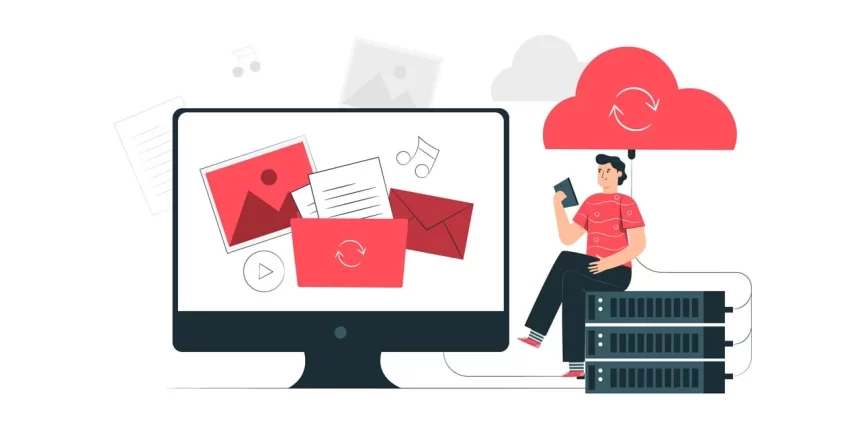A reliable cloud strategy is essential for businesses to scale and stay in line with their digital transformation goals. This is when companies begin to migrate to cloud technology from on-premise structures. Cloud migration has been one of the most radical trends in enterprise IT in recent years. Moving to the public cloud, private cloud, or hybrid cloud environments is the most wanted migration approach. One of the significant drivers of cloud adoption across the globe is digital transformation.
The process of “Lift and Shift” doesn’t change quickly. It may prove to be difficult to migrate existing workloads to the cloud. For organizations to seamlessly migrate their workloads to the cloud, a 6-step approach is ideal, from planning their migration to optimizing it for better ROI. Therefore, if they plan to move their workloads to the cloud, they should consider the 6-step cloud migration approach to achieve performance success.
Pre-migration
Assess: First, the reasons you’re switching to the cloud should be evident to you. The cloud provides many benefits, but you must be confident of the same advantages by transferring your software to the cloud. Understand end-to-end and outside-in digital business services from the perspective of the external customer.
- Plan: Not all apps are pleasant to the cloud. Some execute better on private or hybrid clouds than on a public cloud. Others may require slight tweaking, whereas others may need changes to the in-depth code. Outline a strategy that includes which cloud model is right for your business. Ask yourself if you want to transfer all of your data to the cloud, or is a hybrid model better suited to your needs? Before the migration, rather than after, a complete review of the architecture, complexity, and implementation is easier to do.
- Prepare: Prepare for the migration of your application & its infrastructure. Back up your data, conduct a disaster recovery drill, and notify stakeholders about possible downtime and its impact on their processes. Before, during, and after the migration, make sure that none of the business-critical applications are down.
Migration
- Execute: The sophistication and architecture of your application(s) and your data architecture will partly depend on how you move to the cloud. You can move the entire program, run a test to see if it works, and then turn your traffic on-site. Alternatively, once all data is transferred to the cloud, you can take a one-at-a-time approach, slowly moving data over, validating, and then continuing this process.
Post-Migration
- Manage: You will have to conduct periodic monitoring to check the efficiency of your use of the cloud. Understanding, managing, observing, and analyzing is necessary. Track the new cloud environment to ensure that the user experience is still at appropriate standards and that the applications run smoothly. To ensure optimal efficiency, identify and fix the issues within the environment.
- Optimize: To maximize cost and efficiency, companies should invest the time after migration to find additional modernization opportunities. Moving a few apps to the cloud does not lead to much ROI. But it can lead to significant value creation by leveraging resources, data, and your cloud subscription.
Conclusion
In conclusion, as companies embrace an agile and flexible business model, cloud migration is the need of the hour. Organizations need to weigh and behave appropriately on the pros and cons of their migration method. Partnering with a provider of cloud services will help ensure that their resources and resources are optimally utilized. A step-by-step approach will also ensure that organizations leverage their investments for cloud adoption and beneficial ROI.










